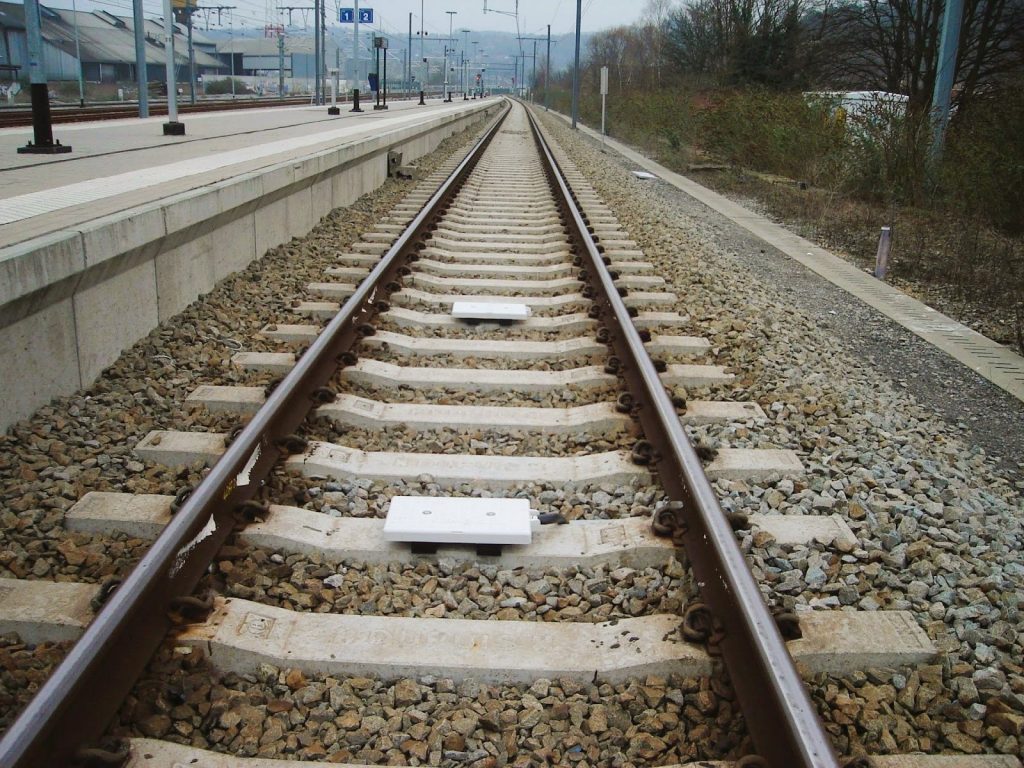Infrastructure • Signalling • ERTMS-ETCS • ETCS balise (Eurobalise)
Note: this page is for educational purposes only. It is not a substitute for the official page of the operating company or manufacturer. It cannot be used for staff training, which is the responsibility of approved institutions and companies.
👉 (Version française disponible)
The beginning of ETCS
ETCS (European Train Control System) is a component of ERTMS (European Rail Traffic Management System), which is a system of safety and control for railways. ETCS is a signaling and train control system that includes automatic train protection, while ERTMS integrates ETCS with GSM-R (Global System for Mobile communications for Railways) and operating rules to create a unified railway management system across Europe.
The goal of ERTMS/ETCS is to replace the numerous national train control and command systems in Europe to ensure interoperability of trains across different countries. This system allows trains to cross international borders without the need for changing locomotives or systems, thus optimizing transit times and enhancing safety1. It’s being progressively implemented on high-speed lines and throughout the conventional network in Europe.
➤ See more details about ERTMS-ETCS
What is the role of balises?
ETCS balises, also known as Eurobalises, play a crucial role in the European Train Control System (ERTMS). They are ground-based transponders that communicate with the on-board equipment of trains:
-
Data Transmission: Balises transmit vital data between the trackside equipment and the train’s onboard unit. This data includes information about the track ahead, such as speed limits, signal status, and route information. The train only receives information at certain times: you have to pass over a beacon to get a piece of information, then wait to pass over the next one to get another piece of information.
-
Train Positioning: They help in determining the exact position of the train. As a train passes over a balise, it receives updated information about its location, which is essential for safe train operations.
-
Speed Control: This is something that doesn’t exist with conventional signalling system. Balises tell the train the maximum speed allowed, and an on-board computer monitors that this speed is actually observed. If it is not, the computer applies the brake and cuts the power.
How is the system set up?
Eurobalise Basics:
- Eurobalises are placed between the two rails in the middle of the track and transmit data to the onboard ETCS equipment as a train passes over them.
- One balise group contains a fixed balise (transmit a constant message) and a controlled balise (transmit dynamic data from a Lineside Electronic Unit, LEU). They therefore always work in pairs of 2 balises, spaced 3m apart. In some cases, 4 balises can be placed in a row.
All balises are standardised by a European Technical Specification for Interoperability (TSI). Of course, you can choose any supplier you like, but the technique must remain identical whatever the choice of supplier. This is the core of European’s interoperability principle.

This balise-based transmission system is called Level 1 in the ETCS hierarchy. Continuous transmission requires switching to GSM-R transmission (soon to be FRMCS) type radio. GSM-R is a component of ETCS level 2 and is the subject of a specific page. 🟧
[TOP]
Infrastructure • Signalling • ERTMS-ETCS • Lexical
